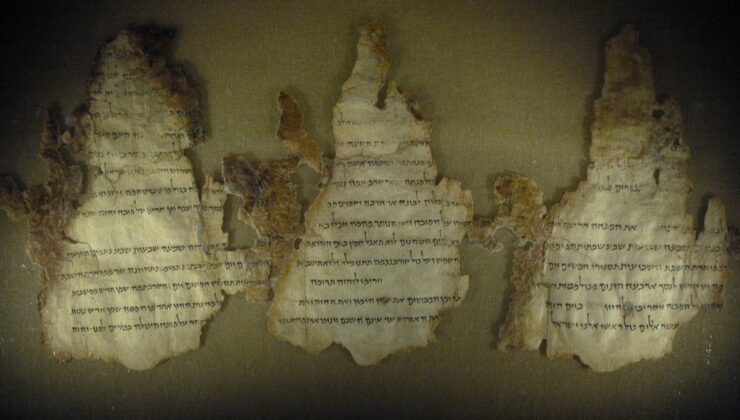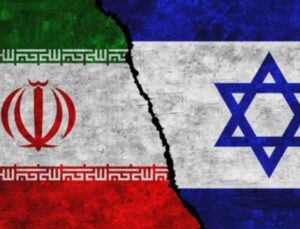Introduction to the Discovery of the Qumran Parchments
The enigmatic parchments discovered in the caves of Qumran during the mid-20th century have long fascinated scholars and historians. These ancient manuscripts, dating from approximately the 3rd century BCE to the 2nd century CE, encompass a diverse range of texts including legal documents, religious writings, and significant portions of the Hebrew Bible. Their preservation and content provide invaluable insights into the religious and cultural practices of the era.
Advancements in Radiocarbon Dating and Regional Analysis
In a groundbreaking study led by Professor Mladen Popovic of the University of Groningen, researchers employed state-of-the-art radiocarbon dating techniques to analyze 30 distinct manuscript samples. These samples originated from four different geographic regions, offering a broader perspective on the temporal and cultural variability of the texts. The analysis spanned a period of about five centuries, revealing a more complex timeline than previously understood. Notably, the team meticulously cleaned residual castor oil from the parchments—an oversight in earlier studies—which enhanced the accuracy of their dating results.
Refined Dating of the Manuscripts
The study successfully determined the chronological age of 27 of these documents. Interestingly, two of the samples appeared to be more recent than earlier estimates, while the majority proved to be older. The findings also indicated that various script styles, associated with the Hasmonean and Herodian periods, were used concurrently over a much longer span than previously believed. For instance, the 4Q114 manuscript, which contains verses from the Book of Daniel, was identified as being significantly older than traditional dating suggested, reshaping our understanding of its historical context.
Integrating Artificial Intelligence for Enhanced Dating Accuracy
The researchers pioneered the development of an innovative artificial intelligence model named “Enoch”. This AI was trained on a comprehensive dataset that included digital images of ink traces and age data from 24 radiocarbon-dated manuscripts. During validation, Enoch demonstrated remarkable accuracy, aligning with radiocarbon results in 85% of cases. Extending its application, the AI analyzed an additional 135 manuscripts that had not undergone radiocarbon testing. Impressively, 79% of these were dated consistently with expert paleographers’ assessments, showcasing the model’s potential to revolutionize manuscript dating.
Implications and Future Perspectives
Professor Popovic emphasized that this novel approach allows the ages of numerous parchments to be estimated without destructive testing, safeguarding precious historical artifacts. “This method opens new avenues for examining fragile or rare manuscripts that would otherwise be inaccessible to traditional radiocarbon analysis,” he remarked. Meanwhile, Retired Professor Joan Taylor from King’s College London suggested that these findings might imply that the parchments were authored in locations beyond Qumran, broadening the scope of their historical provenance.
Limitations and Expert Opinions
Conversely, Dr. Matthew Collins from Chester University reminded the scholarly community that radiocarbon dating primarily determines the age of the parchment itself, not the exact period when the writing was inscribed. He urged careful interpretation of the AI-generated dates, acknowledging the technique’s limitations. Nonetheless, the combination of advanced AI models with traditional scientific methods represents a promising frontier in biblical and archaeological research.
Conclusion
This pioneering research, supported by artificial intelligence, marks a significant leap forward in our understanding of the ancient Qumran manuscripts. It not only enhances dating precision but also preserves invaluable artifacts for future generations, offering a deeper insight into the cultural and religious landscape of ancient times.
 02:00
02:00




 News
News
 Dini Meseleler
Dini Meseleler
 Dini Meseleler
Dini Meseleler
 Eğitim
Eğitim
 Genel
Genel
 Genel
Genel
 Genel
Genel




